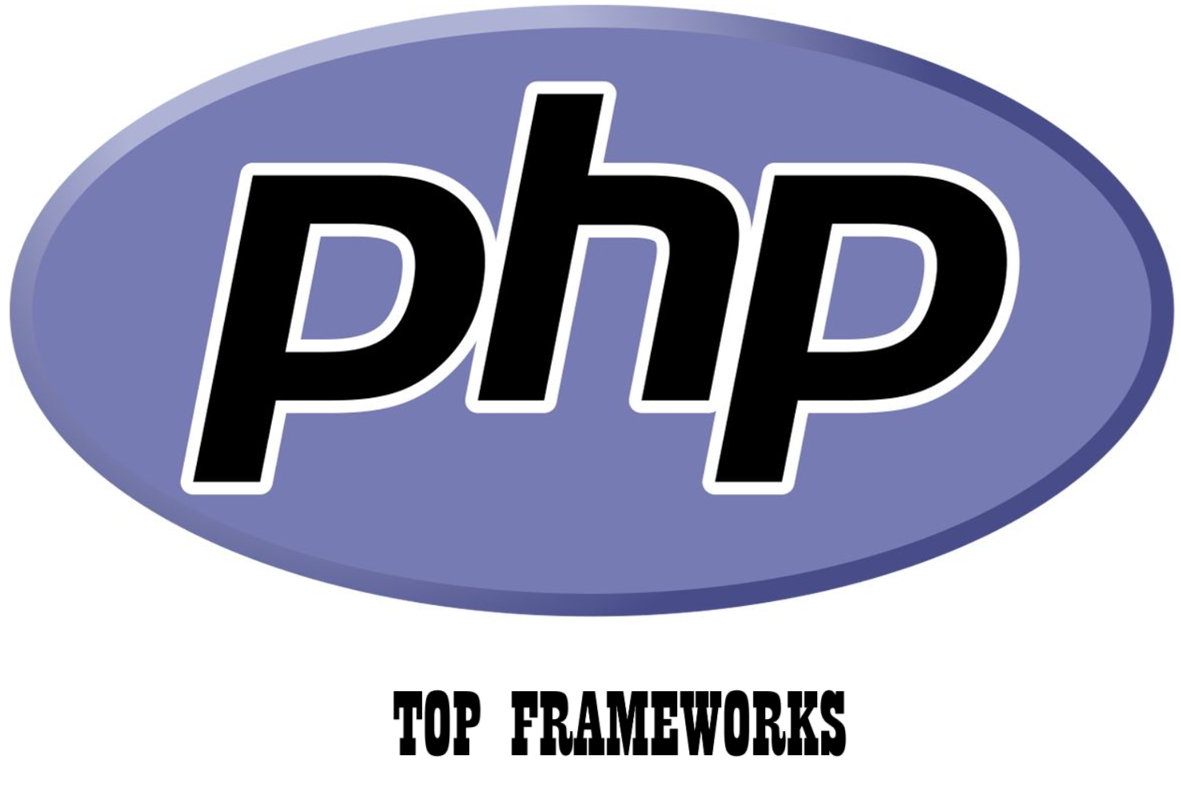Introducing the “while!” Keyword in F#: Streamlining Loop Operations
Microsoft has recently introduced a new keyword in its open-source F# language, known as “while!” (pronounced as “while bang”). This addition aims to provide a more refined approach to handling loops within computation expressions. The “while!” keyword is designed to reduce boilerplate code, enhance code clarity, and improve expressiveness.
With “while!”, F# developers can now specify asynchronous conditions within loops more efficiently. Microsoft highlights several benefits of using “while!”, including the elimination of mutable variables, a reduction in the total lines of code, and a decrease in overall cyclomatic complexity. This new construct simplifies loop operations and doesn’t require a builder method, as it invokes “.Bind” similar to the “let!” construct. This means that no additional effort is needed when authoring new computation expressions. Additionally, these constructs are composable and can be nested within one another.
The “while!” feature is expected to be officially integrated into F# 8, which is likely to be released in November as part of the .NET 8 software development platform. Developers who want to experiment with this new capability can do so by using the following flag: –langversion:preview. This flag can be passed during the “dotnet fsi” invocation or added to an .fsproj file.
It’s worth noting that the “while!” keyword was contributed by an external developer outside of Microsoft. F# is recognized as a language that enables the creation of high-performance code and offers features such as first-class functions, type inference, pattern matching, and object support.
In summary, the introduction of the “while!” keyword in F# marks a significant enhancement in simplifying loop operations and improving code readability. This addition is expected to streamline the development process for F# programmers and further solidify F#’s position as a powerful language for writing efficient code
F#: A Concise Introduction to a Functional-First Programming Language
F# is a functional-first programming language developed by Microsoft Research. It combines functional programming with object-oriented and imperative programming features and is part of the larger family of .NET languages. F# is characterized by its strong type system, immutability, and first-class functions, making it an ideal choice for various application domains, including web development, data science, and cloud computing.
Key Features of F#:
- Functional Programming: F# promotes functional programming paradigms, where functions are first-class citizens, and immutability is encouraged. It allows for concise and expressive code that focuses on solving problems by defining transformations on data.
- Strong Type System: F# has a strong static type system that helps catch errors at compile-time, reducing the likelihood of runtime errors. Type inference allows developers to write code with minimal type annotations.
- Pattern Matching: Pattern matching is a powerful feature in F# that simplifies decision-making and data extraction from complex data structures. It enables elegant and readable code for handling various cases.
- Conciseness: F# code tends to be concise and expressive, reducing the verbosity often associated with other languages. This conciseness can lead to improved code maintainability and reduced chances of bugs.
- Interoperability: F# seamlessly interoperates with other .NET languages like C# and VB.NET. This means you can use existing .NET libraries and frameworks in your F# applications.
- Asynchronous Programming: F# provides built-in support for asynchronous programming, making it well-suited for handling I/O-bound operations, such as web requests and database queries, without blocking the main thread.
- Type Providers: F# features type providers that enable easy access to external data sources, such as databases, web services, or CSV files, with strong typing and tooling support.
Common Use Cases for F#:
- Web Development: F# can be used for building web applications and web APIs. Frameworks like Suave and Giraffe are popular choices for F# web development.
- Data Science: F# is suitable for data manipulation, statistical analysis, and machine learning. Libraries like Deedle and Accord.NET provide data science capabilities in F#.
- Functional Programming: F# excels in functional programming tasks, such as implementing complex algorithms, data transformations, and domain-specific languages.
- Cloud Computing: F# can be employed for developing cloud-native applications, including serverless functions and microservices, often hosted on platforms like Azure Functions.
- Scientific Computing: F# is used in scientific and engineering applications due to its expressiveness and ability to handle numerical and symbolic computations.
Learning and Getting Started:
If you’re interested in learning F#, Microsoft provides resources, including documentation, tutorials, and a dedicated F# website, to help you get started. There are also online courses, books, and communities where you can connect with other F# enthusiasts.
In conclusion, F# is a versatile programming language that offers the benefits of functional programming while seamlessly integrating with the .NET ecosystem. Its succinct, expressive code and strong typing make it an excellent choice for a wide range of applications, from web development to data science and cloud computing. Whether you’re new to programming or an experienced developer, F# can be a valuable addition to your skill set.
Introducing the “while!” Keyword in F#: Streamlining Loop Operations
Microsoft has recently introduced a new keyword in its open-source F# language, known as “while!” (pronounced as “while bang”). This addition aims to provide a more refined approach to handling loops within computation expressions. The “while!” keyword is designed to reduce boilerplate code, enhance code clarity, and improve expressiveness.
With “while!”, F# developers can now specify asynchronous conditions within loops more efficiently. Microsoft highlights several benefits of using “while!”, including the elimination of mutable variables, a reduction in the total lines of code, and a decrease in overall cyclomatic complexity. This new construct simplifies loop operations and doesn’t require a builder method, as it invokes “.Bind” similar to the “let!” construct. This means that no additional effort is needed when authoring new computation expressions. Additionally, these constructs are composable and can be nested within one another.
The “while!” feature is expected to be officially integrated into F# 8, which is likely to be released in November as part of the .NET 8 software development platform. Developers who want to experiment with this new capability can do so by using the following flag: –langversion:preview. This flag can be passed during the “dotnet fsi” invocation or added to an .fsproj file.
It’s worth noting that the “while!” keyword was contributed by an external developer outside of Microsoft. F# is recognized as a language that enables the creation of high-performance code and offers features such as first-class functions, type inference, pattern matching, and object support.
In summary, the introduction of the “while!” keyword in F# marks a significant enhancement in simplifying loop operations and improving code readability. This addition is expected to streamline the development process for F# programmers and further solidify F#’s position as a powerful language for writing efficient code.





